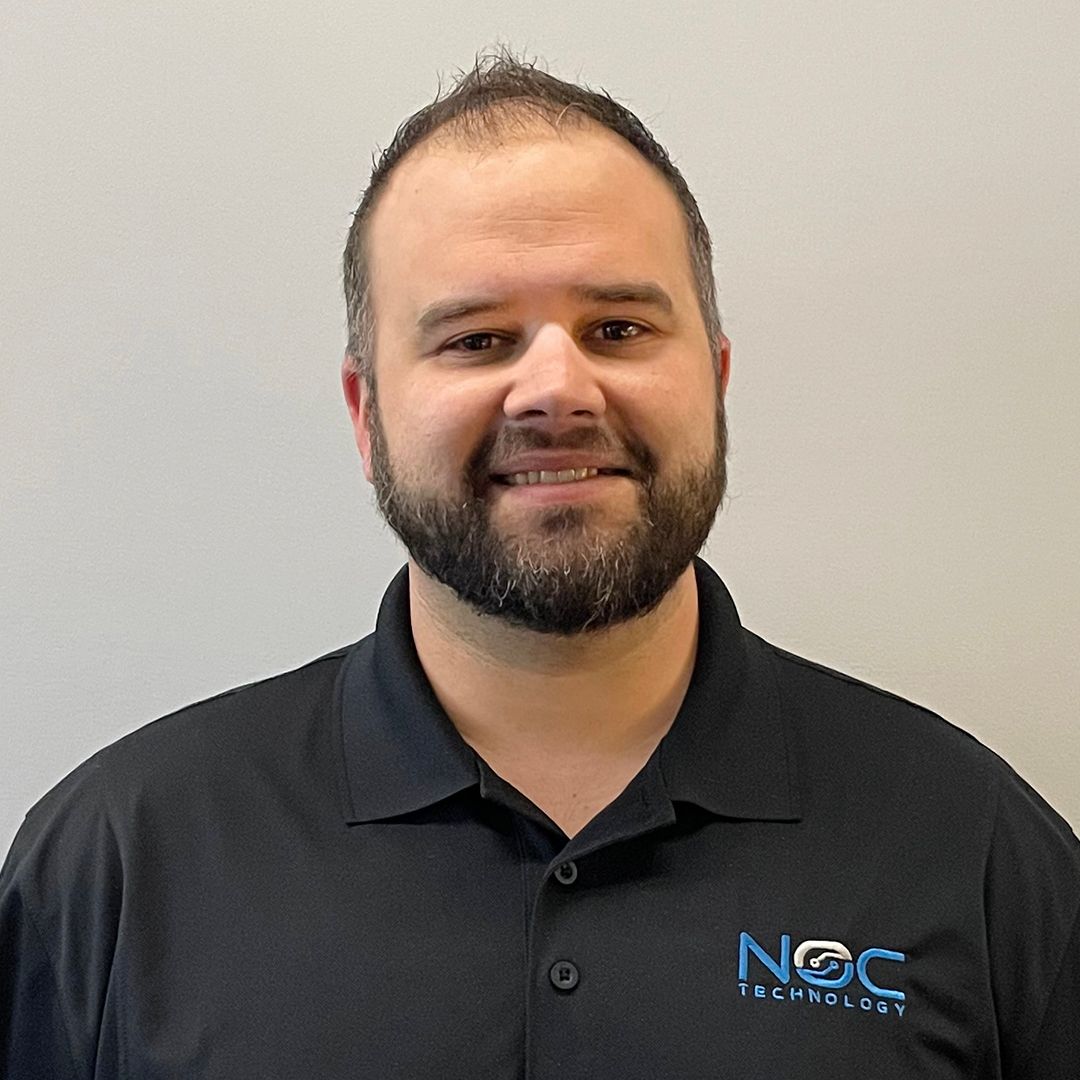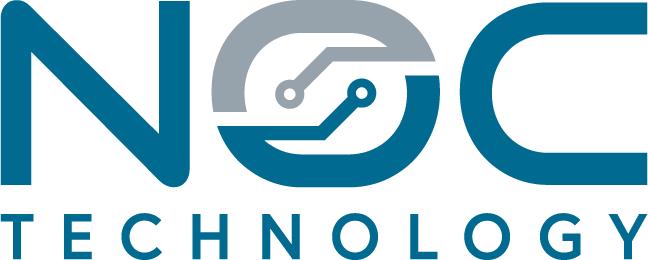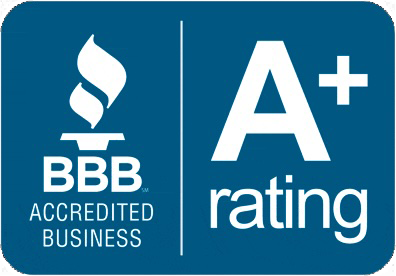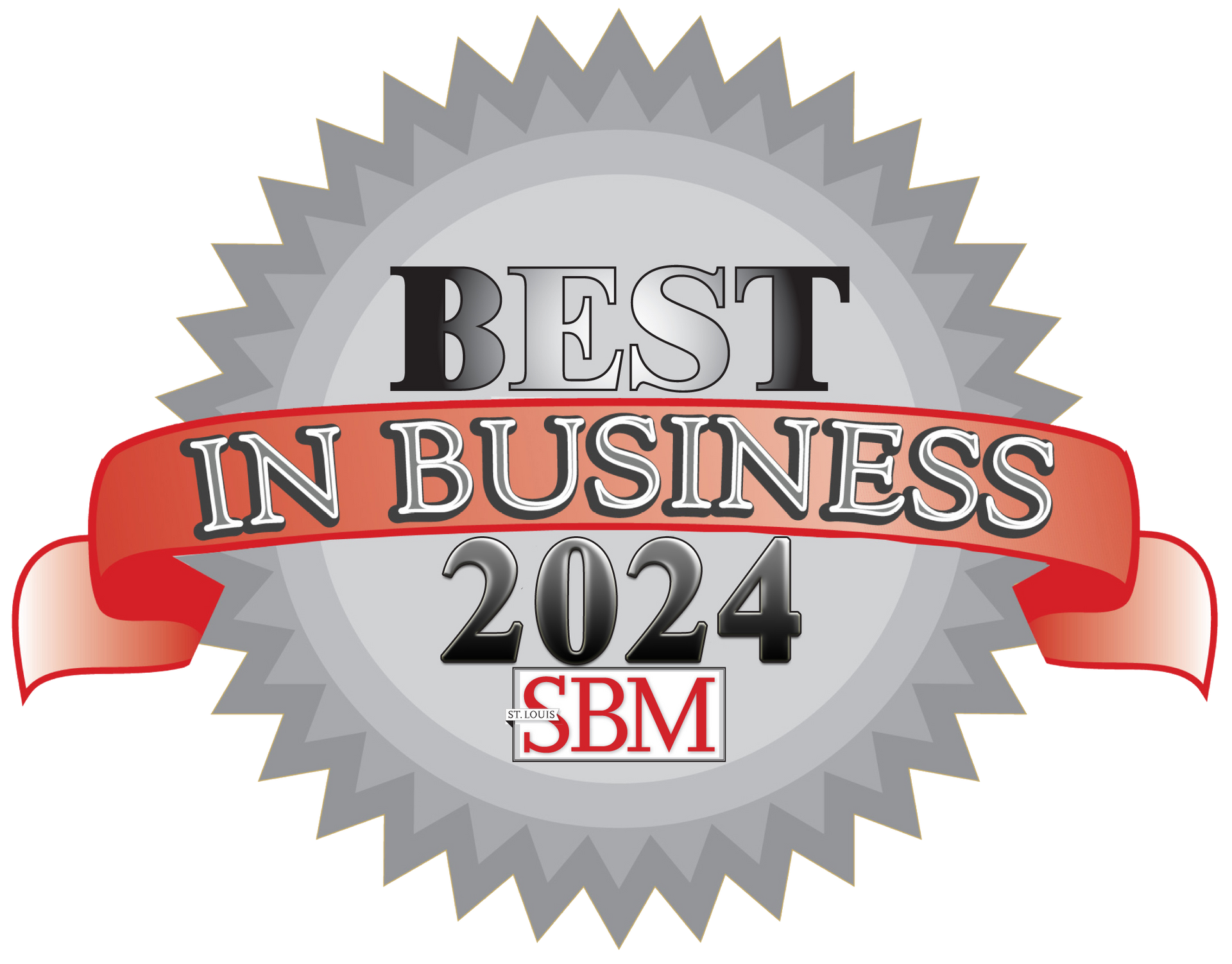A Veteran Approach to IT
by Jon Lober | NOC Technology
Technical Analyst Paul Burrell applies his US Army experience in his day-to-day work at NOC Technology.

Interview edited for clarity.
Can you share a few of the details of your military service with us?
In the Army, I served as a sergeant at Fort Riley and Fort Carson until May 2018, for a total of 12 years. For most of my time in the service, I was a helicopter crew chief for a team of 7-10 men who were tasked with the maintenance of Army aircraft—primarily OH-58 helicopters.
During my final two years at Fort Riley, I managed the base’s drunk driver prevention program that worked to prevent DUIs amongst soldiers.
What does your job with NOC look like?
I’ve been with NOC now for about six months as a Technical Analyst. In this front-line position, I am one of the first points of contact with our clients who are experiencing technical issues. I am able to quickly resolve most of the issues that come to us via phone call, email, or the portal, but also pass the occasional complicated issue up the chain to our engineers.
Outside of work, what do you enjoy doing?
Anything outdoors, especially if it’s on the river. If it’s nice enough (and I have the time) to get outside to go fishing, camping, hunting, or hiking, that’s what I enjoy.
Can you describe any specific instances where your military background has provided you with a unique perspective or approach to handling IT challenges?
As a sergeant, I was always dealing with a mixture of personal and technical issues in the lives of the soldiers in my platoon. Although all of the issues were important, I had to learn to weigh and prioritize each problem as it arose and address each one in proper time.
I try to bring the same approach to my job with NOC. A client might call with a seemingly trivial issue, like a color scheme in Outlook. Even though that might not be a top priority if there are other urgent issues happening with our clients, it is still important to the person that called. I try to make sure that our urgent issues are addressed first, but still ensure that each person’s concerns are treated as important and taken care of in a timely manner.
How have the values and methods that you learned in the military influenced your approach to your current IT position?
I’ve always been a morning person, but the military took that, and punctuality in general, a step further. We were constantly reminded to be in the right place, at the right time, in the right uniform. It is not always easy to get up early and get your day going, but the discipline we learned helps me stay on task and make the most out of each day that I get.
What are the most enduring specific lessons or values from your military service that you find yourself applying to your daily life, beyond the technical skills you use at work?
No matter what you do in life, it’s always best to leave a situation better than you found it. You can apply that to nearly any aspect of life—be it with your family, your relationships, or your job.
If you were to offer one piece of advice to NOC’s clients, what would you say?
We have two ears and one mouth for a reason.
When people call NOC with an issue, I always try to remember that it is most important to listen to them before responding—even if I know right away how to fix the problem. Often times people just want to be heard in order to feel like their problem was truly resolved. It can be difficult to listen if they are irate, but it is always better to listen and understand instead of lecture. You never know what kind of day that person is having before you start your interaction.




